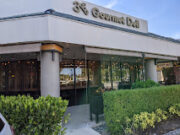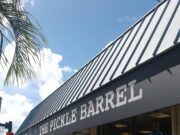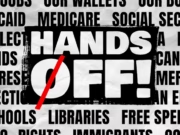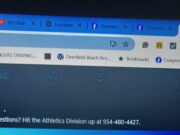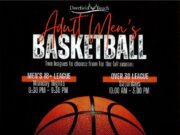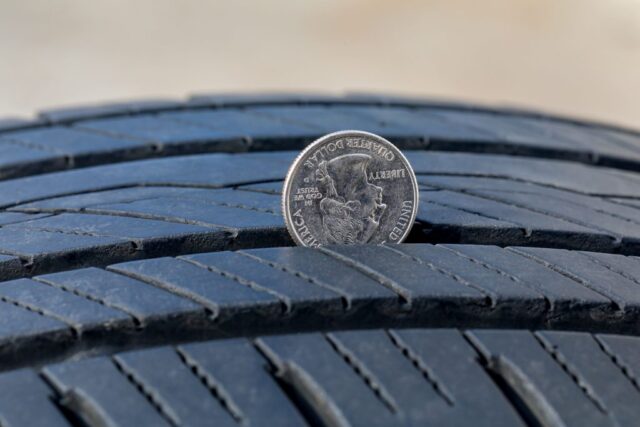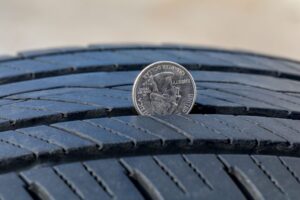
Deerfield -News.com–Deerfield Beach, Fl-As with all things automotive and tires safety first. Some in the new tire industry, mainly Goodyear, Bridgestone Firestone, and Michelin over recent decades have said and written some nasty things about used tires. The tire makers instead of using facts distort reality to paint used tires as potentially unsafe. Their main reason is you do not know the history of the tires life. We say Bullshit, if the tire is well inspected and came off or out of service only because the owner was sold a set of new tires, there is nothing wrong with reselling a good used tire. The EPA states Reuse which when you purchase a safe used tire is reuse is the highest form of tire recycling.
The National Highway Traffic Safety Administration states that about ten percent of auto accidents are tire-related. Most of the time it is the tire owner’s failure to maintain proper tire pressure.
Why buy new tires? Cost these days makes purchasing new tires cost-prohibitive to many. That is why used tire sales have flourished in many countries and the U.S A well-inspected used tire can save the consumer hundreds of dollars and still provide safety. The continuous use of the old worn-out tire is what is dangerous not the use, a good well-inspected used tire A new set of tires can run into the thousands of dollars today which is why the used tire market is booming and a safe alternative.
Tread Depth
Tread depth is the vertical measurement between the top and the bottom of the rubber pattern on the tire. Statistics show that a depleted tread is one of the main factors of tire-related traffic accidents. You need to measure the tread depth before purchasing a used tire.
Most tires usually have 6 tread wear bars throughout their grooves which serve as indicators for the minimum allowed tread depth which is 2/32”. The bars become visible when the tread is reaching a certain depth. You should measure in different grooves, as used tires may be affected with uneven wear. Tire models have several grades of bars: at 8/32”, 6/32”, 4/32”, and 2/32”.
The best way to do this with an external tool is to use a tread depth gauge. This is an inexpensive tool you can find in any auto shop. Insert the gauge’s pin into a groove and press it towards the tread. You will get a precise reading of your used tire’s tread depth in inches and millimeters. You can also get an accurate reading from a ruler by using a 1/16” scale.
If you don’t happen to have access to any of these, you can also measure tread depth with a penny or a quarter. The two ways of performing this test are:
Checking Tire Depth With Quarter Coin
Checking tire depth with a quarter coin.
Put a penny sideways into a tread groove and look at how much of Lincoln’s head hides in it. If you can see all of it, the tire is worn out with 2/32” tread depth. If a small part of the head is still in the groove, you may have 4/32” tread left. Then use a penny with the Lincoln Memorial facing you. If the top of it is covered by the used tire’s tread, you have 6/32” or more. If you’re using a quarter, insert it between the ribs of the tire and see if the tread covers a part of Washington’s head. If it does, you have a tread of 4/32” or more.
The different levels of depleting tread depth are as follows:
– 6/32” and more is a satisfactory tread depth.
– 5/32” is usually still sufficient, although tires may exhibit weaker traction on wet roads.
– 4-3/32” this level is borderline between still usable and unsafe.
– 2/32” at this level tires are considered bald and unsafe.
Look For Signs of damage
Check the tire for punctures that have already been repaired, repaired punctures within an inch of either sidewall are especially hazardous. If you see missing chunks of rubber or other damage at the tire’s bead areas, that might prevent it from sealing properly making it unsafe to use. The bead area is the inner circle of the tire that connects the tire to the wheel and holds it together.
Check the entire surface of the tire for visible cracks or cuts in the sidewall. If the sidewall has bumps or other irregularities it is also unsafe to use as an impact might have forced the rubber to detach from the belts. Also, check for irregular wear that might expose the steel cords inside the tire. If there are some sticking out, the tire is unsafe to use.
You really want to make sure the used tire is safe for driving. In order to help you with that, we made an in-depth article on the topic.
Age of the tire
Tires show a four-digit number that indicates its age on its sidewall. The first two numbers show the week in which it was manufactured, and the other two digits represent the year. For example, a tire with a DOT code of 1518 was made in the 15th week of 2018. You should know the tire’s identification number.
Remember do not thump them Pump them and check regularly your tire pressure with a gauge.










